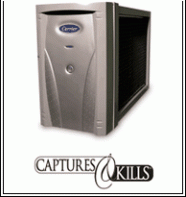
The immune system is a tightly controlled network of cells that at all times tries to maintain immune homeostasis, exquisite balance. Since the immune system interacts with virtually every organ system and biochemical pathway in the body, it is important that it stay in a state of homeostasis.
The walls of intestines have immune system components in them called gut-associated lymphoid tissue (GALT) and they are among the largest concentrations of immune cells in the body.
There is a class of immune cells called B-cells, which produce large immune proteins called antibodies. Antibodies, also called immunoglobulins or Igs, are produced in response to the body’s exposure to pathogens. The antibody will attach to the specific organism, attach to it, and trigger it for destruction by other immune cells. Antibodies can circulate through the body for years protecting it from infection from the initial pathogen. Depending on their role, antibodies in humans are of 5 different classes, IgA, IgD, IgE, IgG, and IgM.
More antibody-producing cells are found in the digestive tract than anywhere else in the body. Their embedded immune B cells, plasma cells, produce more specialized antibody, immunoglobulin IgA, than all other immunoglobulin types combined. Since the mouth is the main route by which pathogens enter the body, the fact that 75-80% of the immune system is represented in the gut is forutnate.
Autism spectrum disorders, ASDs, are conditions which involve interactions of the gut, hormonal, nervous, and immune systems. Research suggests that there may be a strong association of immune, brain, and gut involvement in autism. Sometimes this is referred to as the “immune-brain-gut triangle”. Disorders of the immune system, such as a lack of response to pathogens, too much inflammation, and/or autoimmune responses may contribute to autism spectrum disorders.













